The Weekly Buzz: Orchestra Adapts to Hybrid Learning
Junior Pranav Mukund playing his violin.
October 9, 2020
As this unconventional school year progresses, Fine Arts teachers at Greenhill have had to find ways to adjust to the changes.
Classes that require a more hands-on approach to teaching such as Orchestra have challenged the teachers with finding ways to engage their students whether they are online or hybrid learners.
Middle and Upper School Orchestra and Strings teacher Nick Paraskevas has been adjusting to these changes over the course of this past month and a half.
Although the media and delivery of lessons for his Orchestra and Strings classes has changed, he has kept the core of the work that he assigns his students the same. Students are expected to practice playing their instruments daily. They also must prepare scales, exercises and specific ensemble pieces (both orchestral and chamber music) according to Paraskevas’ instruction. All students are requires to show their preparation in performance just as they have been in recent years.
Although the use of the online meeting platform Microsoft Teams has proven to be a useful tool in his classes in terms of meeting and discussing, he has found that it does not work well for any kind of collaborative ensemble playing.
The grading process for Orchestra and Strings students has remained consistent this year. The grading rubrics emphasize regular preparation, participation and commitment to daily improvement. Students in Paraskevas’ classes are at different levels in terms of experience, ability and daily time devoted to music practice, and so his grading process takes that into account. Each student is evaluated on his or her own terms.
Paraskevas has made an additional effort with Middle School students by reaching out and offering them one-on-one mini lessons for all stay at home students to ensure that they still have the same hands-on teaching that his hybrid students are receiving. This helps to track the progress in building one’s musicianship and technical skills despite the changes this school year.
Paraskevas’ Strings colleague Hallie Michaels has been helping by looking after the needs of the online learners in his classes. She works directly with them in smaller class settings that are structured so each student is able to play individually and is given the helpful coaching that his or her may need.
Although one-on-one teaching has seemed to work quite well via Microsoft Teams for his classes so far, it is clear that a hybrid orchestral rehearsal is not realistic.
“The technology presently available does not provide a reasonable context for collaborative music-making,” said Paraskevas in an interview I conducted with him. “Even with Zoom technology, true musical collaboration is a fiction and not actual. Online learning moves at its own pace, and trying to combine it with actual in-person learning is a frustrating experience for both parties.”
Through the period of trial and error that Paraskevas experienced with his students at the start of the school year, he found that two things were vital in maintaining an organized and productive classroom: the time was to be used in practicing, cameras would remain on and students would be required to submit regularly through Flipgrid a video showing their preparation.
In addition to the Flipgrid video, he has devised a concept that allows students to prepare chamber music. Though it is not a true collaboration, it gives students the tool for improving their preparation musicianship. Paraskevas has named this concept a metronome rehearsal. In these rehearsals, each musician plays his or her’s part for the others while adhering to the agreed-upon tempo which is audibly marked in their performance. The others may play with that student at specific times, with their own mics muted, or they may listen depending on what the ensemble is trying to accomplish.
“Musicianship is learning to play with others – learning to prepare and shape my part so that it complements and completes yours. Musicians learn to do this in actual time by listening, adjusting, anticipating, and above all empathizing with his musical collaborators,” said Paraskevas. “Chamber Music is the laboratory of musicianship and is the highest form of ensemble playing, where each musician learns to yield just a bit for the sake of a whole that supersedes the sum of individual parts.”
Paraskevas and his students are preparing for recorded recitals just as they did last Spring while the school was in complete online learning mode, so be sure to look for those coming up!

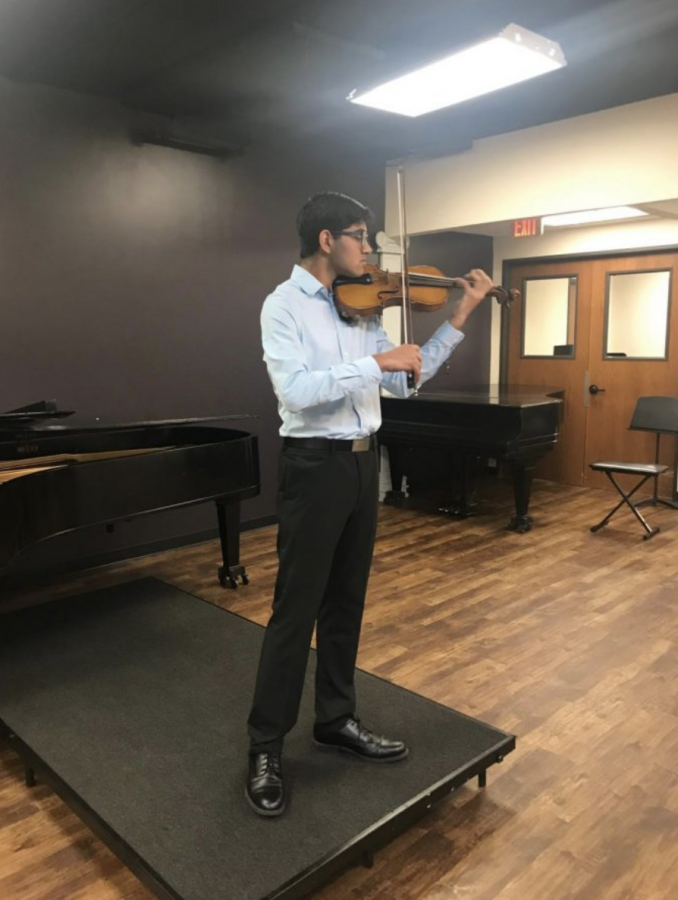


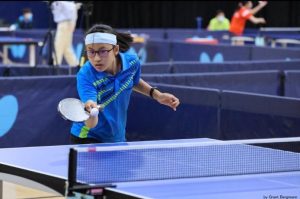

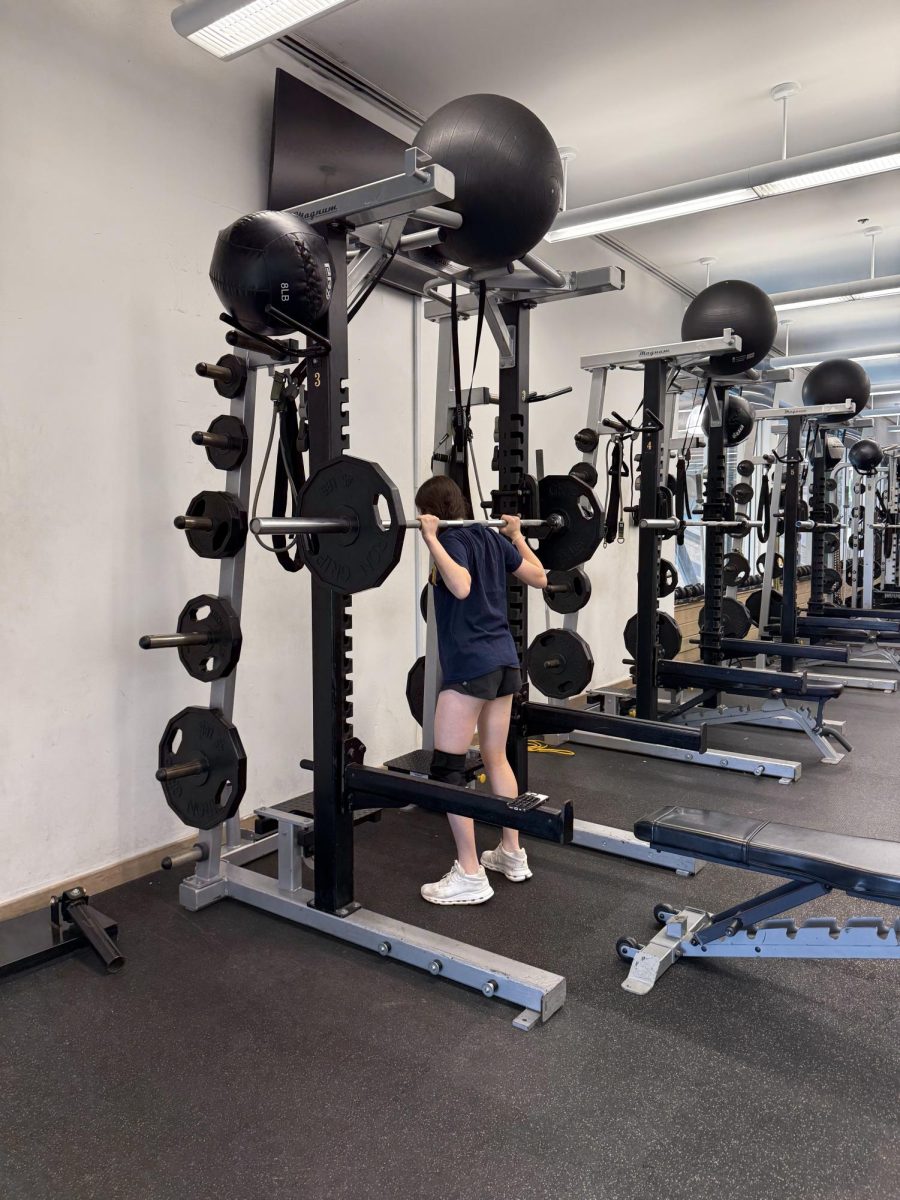
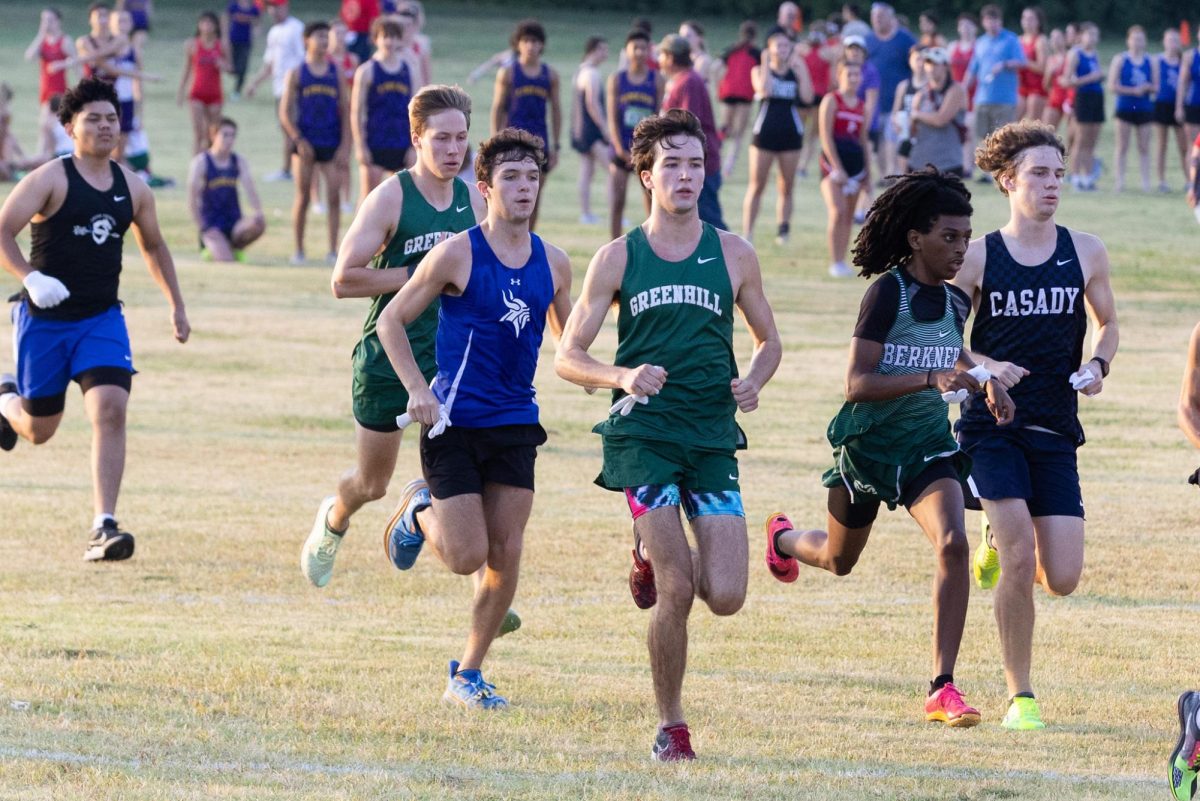
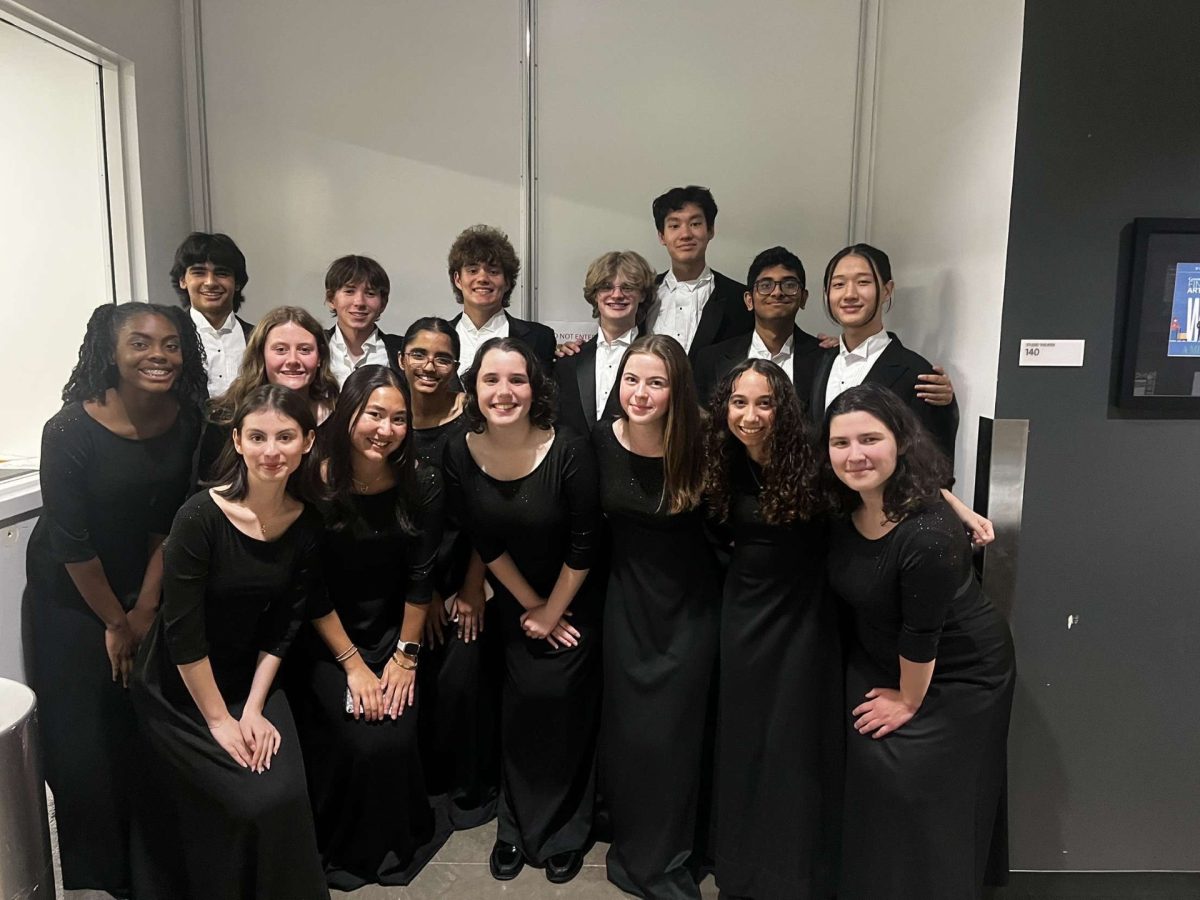
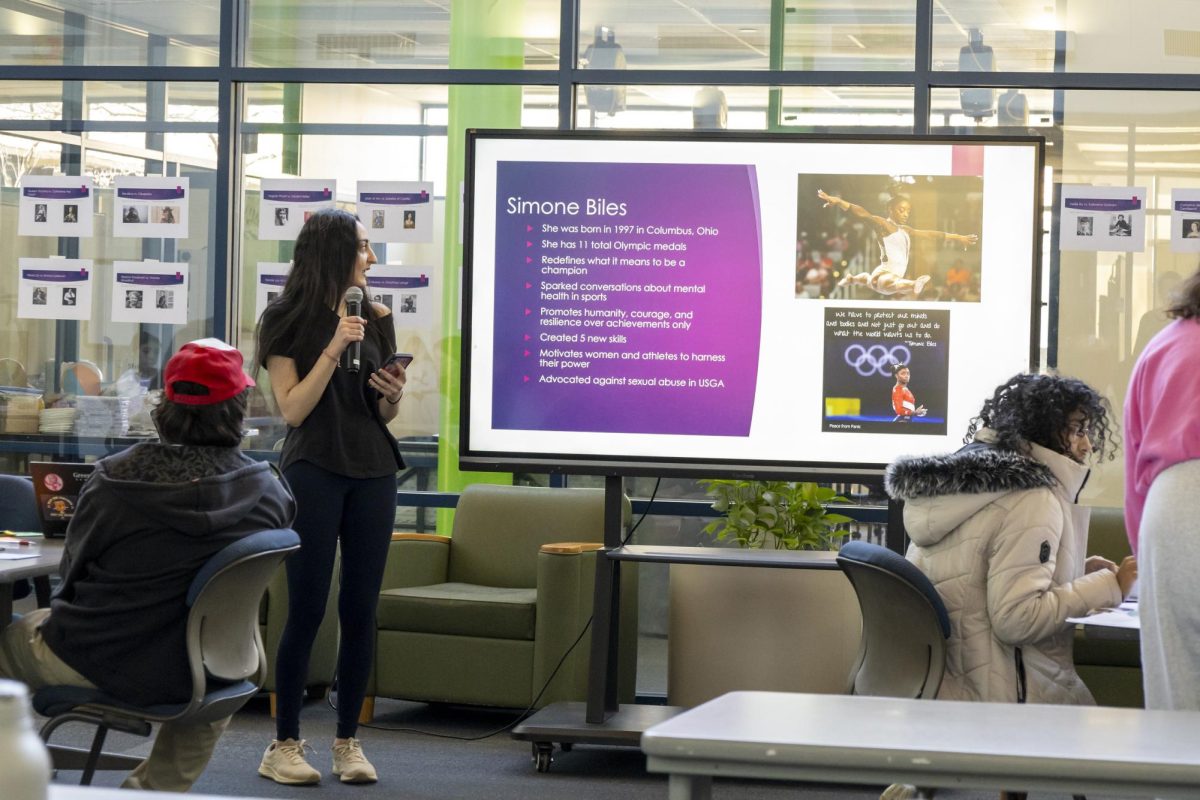
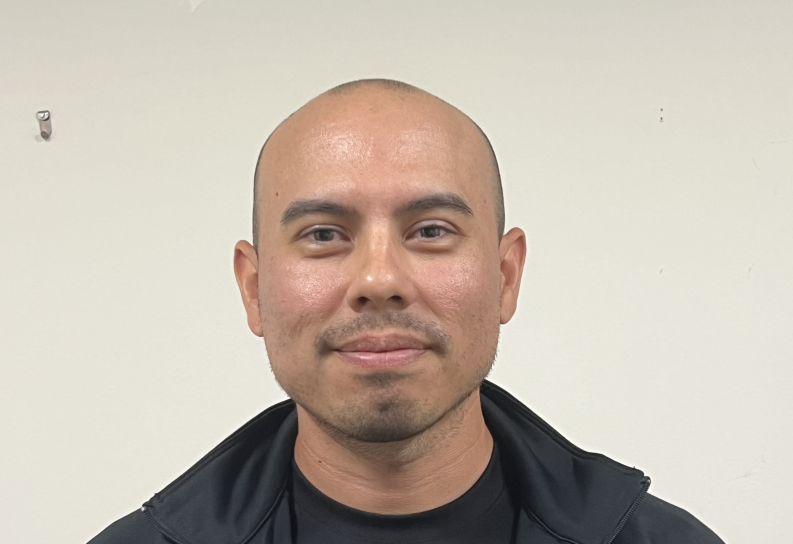

OP • Nov 13, 2020 at 1:21 pm
Liked!
What is a gravatar?